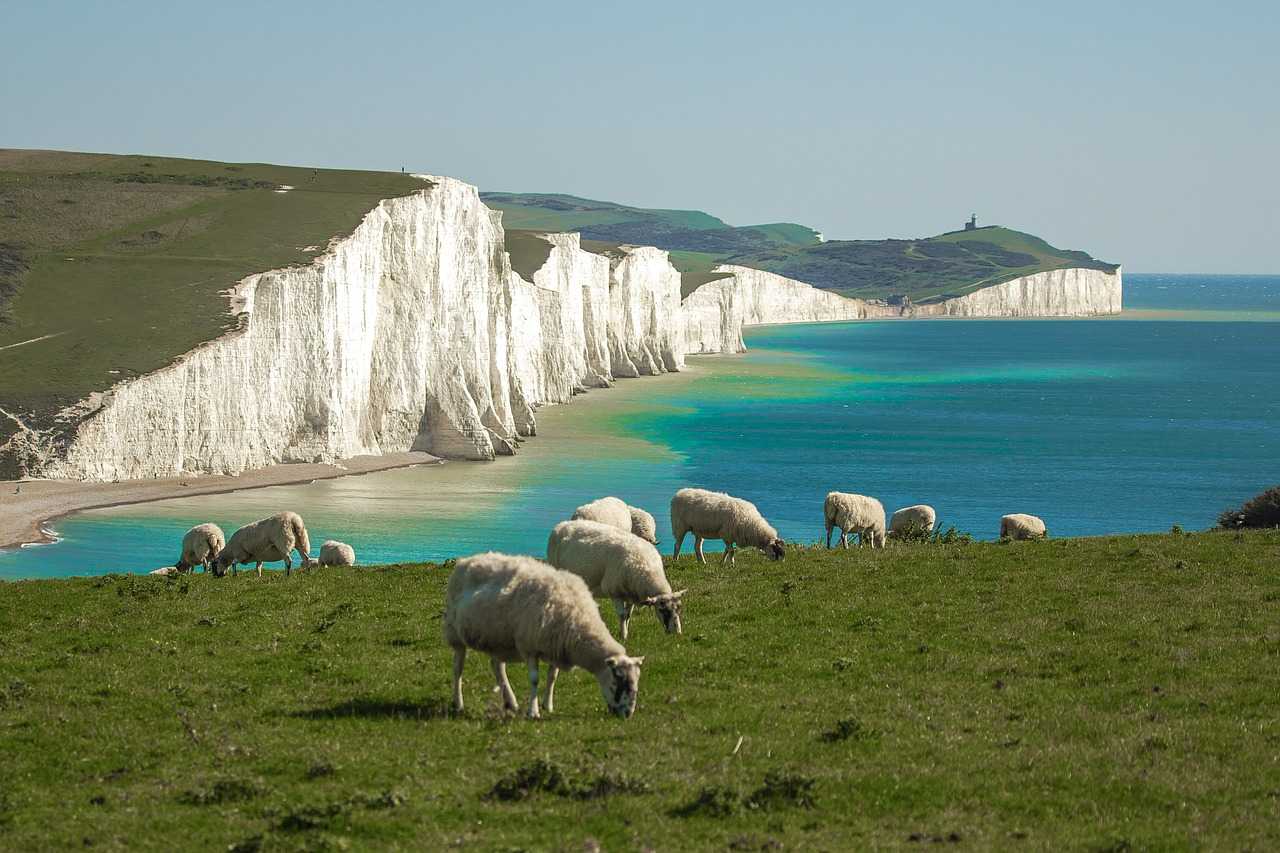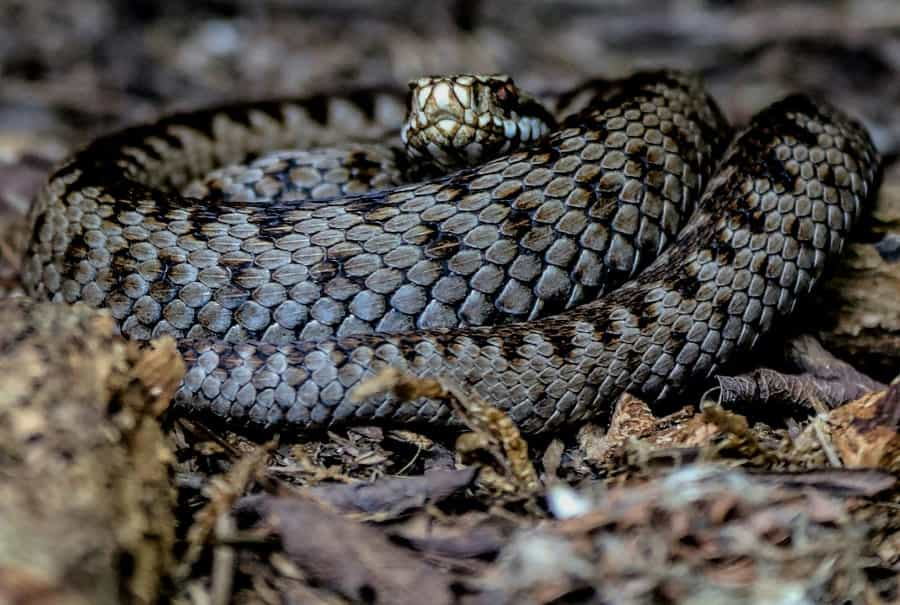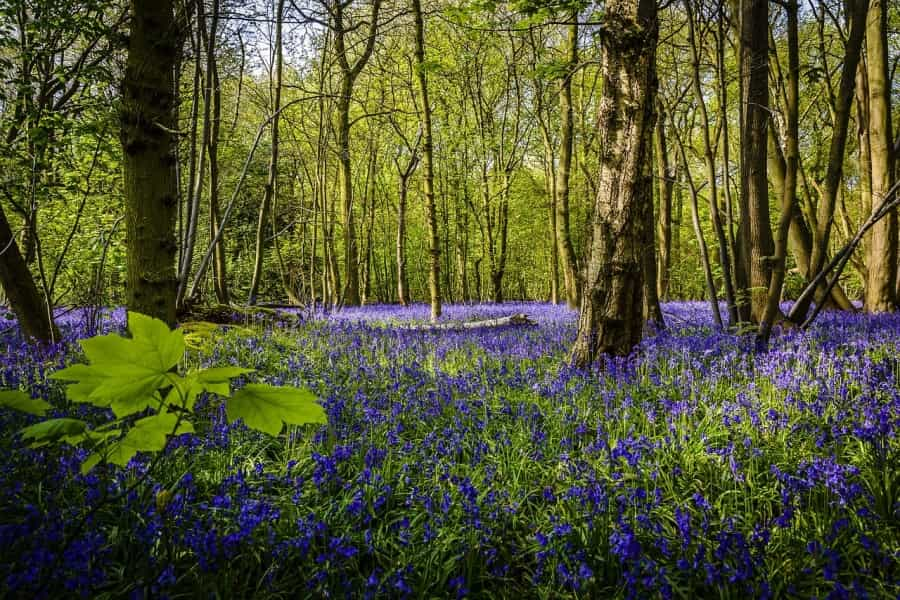Wildlife in the South Downs National Park

Best-known for its undulating chalk downs – a landscape many millennia old – the South Downs National Park is actually so much more. It’s a diverse region of ancient deciduous forest and exposed heathland, rich in chalk streams and wetlands, and edged to the south by soaring chalk cliffs. Each habitat is home to a fabulous array of wildlife, some of which is not seen in any other area of the UK.
Pitchup’s guide to some of the iconic flora and fauna in the national park also gives tips for sightings and suggests ways in which you can support the ongoing preservation of this most fragile of environments.
South Downs habitats
The diverse habitats of the South Downs National Park are home to an amazing variety of wildlife, from birds of prey to poisonous snakes, rare butterflies to even rarer wildflowers.
Chalk grasslands
Chalk grasslands like Levin Down Nature Reserve are rare ancient habitats cleared of forest back in Neolithic and Bronze Age times, and as such are carefully protected. Today they are alive with insect life, from lacy-winged Adonis blue and chalkhill blue butterflies to beetles, bees and ants. Wildflowers thrive on the downlands too, thanks to sheep grazing the grass short for centuries; look out for early spider orchids in spring, or horseshoe vetch, with its tiny yellow flowers, and purple round-headed rampion in summer.
Coastal landscapes
The spectacularly white chalk cliffs at Seven Sisters are iconic South Downs sights, best seen from Seaford Head Nature Reserve, the temporary dwelling place of an assortment of migratory or breeding birds – swallows, fulmars, kittiwakes and Canada geese can be seen here, depending on the time of year.
Heathlands
The heathland of Woolmer Forest – formerly a medieval hunting ground – is home to natterjack toads, sand lizards, adders (the UK’s only poisonous snake) and great crested newts. Ground-nesting birds including nightjars and woodlarks also proliferate under the cover of South Downs heathland habitats.

Rivers, streams and wetlands
The tranquil Bevern and Northend chalk streams of the national park are some of the most pristine in the UK, rich in game fish such as salmon, grayling and trout. The floodplains of the River Ouse attract overwintering wading birds, and there’s a winter colony of ringed plovers along the Adur, while the Lower Arun wetlands are known as a successful breeding ground for water voles.
Woodlands and hedges
The western sector of the national park is rich in ancient beech and oak woodlands, which support elusive species like fallow deer, tawny owls, hazel dormice and bats. Common birds to see include woodpeckers, small raptors and owls. The park’s hedges are basically nature’s superhighways, enabling animals, birds and insects to travel from one area to another under cover; as such, they are carefully maintained in the national park.
When and where to see wildlife in the South Downs

Whether you’re hoping to photograph the wildlife or simply soak up its beauty, here are 10 suggestions of where and when to find the best South Downs wildlife.
-
Early spring to see teal, kingfishers, curlews and oystercatchers (many of the latter two then head up north to the Yorkshire Dales National Park) at Seven Sisters.
-
Early spring to see the spread of bluebells in the Arun Valley.
-
Late spring for swallows, house martins and swifts in the Seven Sisters wetlands.
-
Summer for heron, shelduck, mallards, Canada geese, redshanks and dunlin at coastal Seven Sisters.
-
Spring and summer for rare butterflies like chalkhill blues, and wildflowers including delicate orchids on sheep-grazed downlands.
-
Summer for endangered butterflies among the ancient yew woodlands in Kingley Vale National Nature Reserve.
-
Between March and July to see the elusive, ground-nesting nightjar at Shortheath Common Site of Special Scientific Interest.
-
Mid-July for Purple Emperors – one of our largest butterflies – in ancient oak woodland.
-
Warm summer days to catch sight of adders at Seaford Head Nature Reserve.
-
Autumn and winter for raptors like kestrels, buzzards and red kites on the open landscapes of the chalk grasslands.
Good to know: Families wanting to inspire young kids with an early love of the animal kingdom can make a beeline for Spring Barn Farm to see lambs (in spring), hedgehogs and cuddly rabbits; tractor rides are available and there’s also a maze and trampolining pad.

Responsible wildlife viewing
When you head outdoors into the South Downs National Park to enjoy nature at its best, the following guidelines ensure that you'll leave this stunning landscape exactly as you found it. This is especially important as the park has millions of visitors per year, and it’s our responsibility to ensure that we treat the ecosystem – and the wildlife – with respect.
-
Be courteous to other visitors and always follow the Countryside Code.
-
Green and brown are the way to go – wearing a colour appropriate for the habitat will help you blend in and stop you spooking wildlife unnecessarily.
-
Stay a safe distance away from animals; they will be especially protective if they have young with them.
-
Be aware of ground-nesting birds between March and July. If you disturb them, they may abandon their nest and any young will die.
-
Leave no trace of your presence; don’t pick wildflowers or move sticks and logs. Take all your litter home with you – and that includes dog mess.
-
Talking of dogs, ensure they are kept on leads around wildlife and livestock, in particular during spring lambing.
-
You can always increase your chances of seeing wildlife by joining an expert-led guided tour. Wildstarts runs custom-made and family-friendly birding and wildlife experiences in the national park, while South Downs Tours will take you in comfort around all the best vantage points along the Seven Sisters coastline.
Conservation efforts in the South Downs
The South Downs National Park is home to spectacular and rare habitats as well as wildlife. It’s also in one of the most heavily populated areas of the UK, which puts nature under a lot of pressure. Here’s how you can help conserve this fragile environment.
South Downs National Park Trust
The trust runs several re-naturing projects, including planting more trees to bring forest back to the downs, pond restoration so amphibians like frogs and newts can thrive, and sowing locally sourced plant seeds to increase wildflower coverage and boost the bee population. You can join in by volunteering to help physically, or by donating or fundraising on the trust’s behalf.
Wildfowl and Wetlands Trust
The pan-global charity dedicated to restoring the world’s wetlands runs Arundel Wetland Centre, where there are pond-dipping sessions and foraging classes for kids, as well as boat safaris to spot kingfishers, little grebes and dragonflies around the reed beds.
A few South Downs safety tips
Don’t ruin your wildlife-watching visit to the national park – take heed of the following specific safety hints.
-
Never start a fire in the national park; it is a high-risk area, especially in summer.
-
The South Downs is also a high-risk area for ticks; stick to official paths, wear full-length trousers to protect your legs and light colours so ticks can be spotted easily, and carry a tick repellent. Check any pets for ticks too.
-
The cliffs in Seven Sisters Country Park are stunning, but they are also very, very old and very, very fragile. Please stay on the waymarked path, safely away from the cliff edge.
- The weather here may be gentler than in more northern national parks like the Cairngorms, but the chalk downland is very exposed; dress appropriately in weather-proof layers to combat wind and rain. Accuweather is a useful app for checking on the weather conditions.
Grab the chance to observe the region’s wildlife up close by taking a long-distance hike along the spectacular South Downs Way. There are plenty of campsites along the route, along with family-friendly options across the national park, with some offering farm tours or distractions for the kids like riding lessons. Of course, exploring the park on horseback also brings you close to nature, and if you can’t bear to be separated from your pets, there are many dog-friendly campsites in the South Downs too.